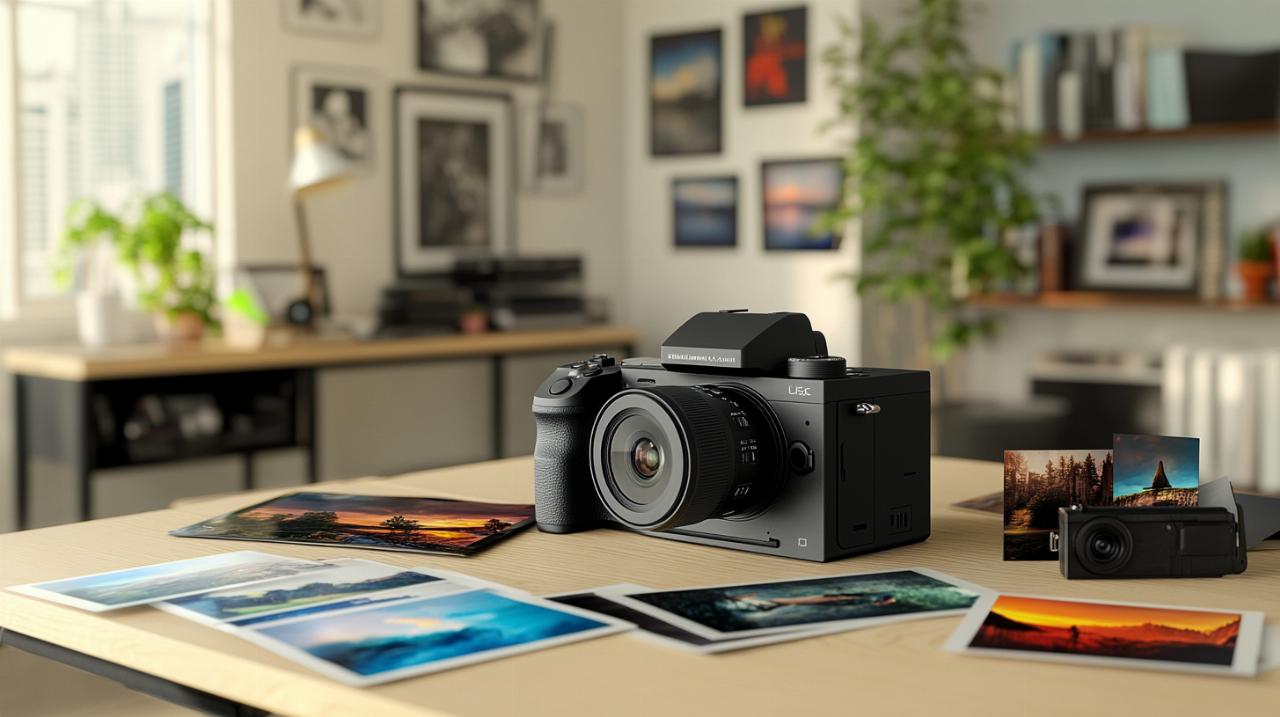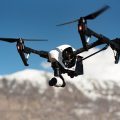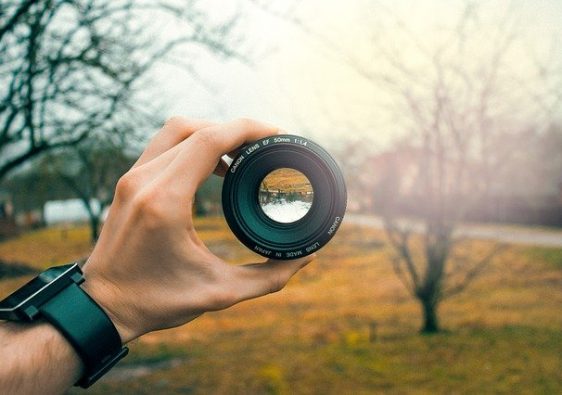Photography has evolved tremendously over recent years, offering enthusiasts and casual snappers alike an impressive array of equipment to suit every creative whim. From capturing distant wildlife to printing treasured memories at home, today’s technology brings professional-grade capabilities within reach of everyday users. Whether you’re seeking the convenience of an all-in-one device or the satisfaction of holding freshly printed photographs, understanding your options can transform the way you document life’s moments.
Exploring the Capabilities of Modern Bridge Cameras
Bridge cameras have carved out a distinctive niche in the photographic landscape, appealing particularly to those who desire flexibility without the complexity of interchangeable lens systems. These ingenious devices marry the simplicity of compact cameras with the powerful zoom capabilities traditionally associated with more cumbersome equipment. The result is a versatile tool that proves invaluable for travel photography, everyday documentation, and capturing subjects at considerable distances. The ranges of Bridge cameras, photo printers, instant cameras available today demonstrate just how far this technology has progressed, offering features that once required substantial investment and technical expertise.
Why Bridge Cameras Offer the Best of Both Worlds
The fundamental appeal of bridge cameras lies in their ability to eliminate the compromises typically faced when choosing photographic equipment. Unlike compact cameras with limited zoom or mirrorless systems requiring multiple lenses, these devices integrate wide-angle capabilities with super telephoto reach in a single, manageable package. This design philosophy means photographers can frame sweeping landscapes one moment and zoom in on distant subjects the next, all without changing lenses or carrying additional equipment. The convenience factor cannot be overstated, particularly for travellers who must balance capability with portability. Within the broader ranges of Bridgecameras, photo printers, instant cameras, bridge models stand out for their versatility and ease of use. Models such as the Nikon Coolpix P950 exemplify this versatility, offering zoom ranges that extend from wide scenic vistas to remarkably distant subjects, making them suitable for everything from architectural photography to wildlife observation. The Sony Cyber-shot RX10 IV takes a different approach, prioritising rapid shooting capabilities that appeal to those capturing fast-moving subjects like sporting events or active children.
For photographers transitioning from smartphone cameras or seeking an upgrade from basic compact models, bridge cameras present an accessible entry point without overwhelming complexity. The learning curve remains gentle whilst still offering manual controls for those wishing to develop their technical skills. Budget-conscious enthusiasts will find compelling options in the second-hand market, with models like the Panasonic Lumix FZ330 delivering exceptional value whilst maintaining impressive specifications. The integrated nature of these cameras also eliminates the ongoing expense of building a lens collection, making them economically sensible for those who want photographic flexibility without continual investment.
Key features that make bridge cameras stand out for photography enthusiasts
When evaluating bridge cameras, several technical considerations warrant careful attention. Optical zoom capabilities represent perhaps the most defining characteristic, with contemporary models offering astonishing ranges that would have seemed impossible just years ago. The Nikon Coolpix P1100 pushes boundaries particularly far, extending its reach to truly remarkable distances whilst maintaining respectable image quality. However, telephoto reach alone doesn’t tell the complete story; the wide-angle starting point matters equally, enabling photographers to capture expansive scenes without stepping backwards. The Canon PowerShot SX70 HS excels in this regard, offering particularly broad coverage at the wider end of its zoom range.
Image stabilisation technology has become increasingly sophisticated, addressing the fundamental challenge of capturing sharp images when using extreme telephoto settings. Even minor hand movements become magnified at long focal lengths, potentially ruining otherwise excellent photographs. Contemporary bridge cameras incorporate advanced stabilisation systems that compensate for these movements, enabling handheld shooting in situations that once demanded tripods. This feature proves especially valuable when photographing wildlife or sporting events where mobility and quick reactions matter more than carefully composed shots from fixed positions.
Sensor characteristics influence image quality in ways that extend beyond simple megapixel counts. Whilst manufacturers often emphasise resolution figures, the physical size of the sensor plays a crucial role in low-light performance and overall image quality. Smaller sensors enable more compact designs and greater zoom ranges but may struggle in dimly lit environments. The Sony Cyber-shot RX10 III balances these considerations thoughtfully, combining respectable sensor size with impressive zoom capabilities. Electronic viewfinders have improved dramatically, offering clear composition tools even in bright sunlight where rear screens become difficult to see. Tiltable displays add further versatility, facilitating unusual shooting angles without contorting yourself into uncomfortable positions.
Video recording capabilities have evolved alongside still photography features, with most contemporary bridge cameras capturing footage in ultra-high definition. The Panasonic Lumix FZ2000 particularly excels for those who prioritise video, offering features that appeal to content creators and vloggers. Forward-facing screens facilitate self-recording, whilst advanced video specifications ensure professional-looking results. This convergence of still and motion capabilities makes bridge cameras increasingly attractive for those who create content across multiple formats.
Bringing Your Images to Life with Contemporary Photo Printers

Digital photography has transformed how we capture images, yet the tangible satisfaction of holding physical prints retains enduring appeal. Contemporary photo printers bring laboratory-quality results into home environments, enabling photographers to produce archival prints, create personalised gifts, and enjoy their work beyond the confines of screens. The technology has matured considerably, with modern devices offering colour accuracy, longevity, and convenience that rival professional printing services. For those who value immediate gratification, the ability to transform digital files into physical photographs within minutes represents a delightful return to the tactile pleasures of traditional photography.
Understanding different photo printing technologies and their benefits
Photo printers employ various technologies, each with distinct characteristics that suit different requirements and preferences. Dye-sublimation printers use heat to transfer pigments onto specially coated paper, creating smooth, continuous tones without visible dots or patterns. This technology excels at reproducing the subtle gradations found in portraits and landscapes, producing prints with a professional finish that resists fading over time. The process typically involves multiple passes, with separate layers for cyan, magenta, yellow, and a protective overcoat that enhances durability and water resistance. These printers prove particularly popular for commemorative photographs and formal portraits where longevity matters.
Inkjet technology offers greater flexibility, accommodating various paper types and sizes whilst delivering exceptional colour accuracy and detail reproduction. Modern inkjet photo printers utilise multiple ink cartridges to expand the colour gamut beyond basic cyan, magenta, yellow, and black combinations. Additional colours like light cyan, light magenta, and grey enable smoother tonal transitions and more accurate skin tone reproduction. This approach benefits photographers who work across diverse subjects and require precise colour matching for professional applications. The ability to print on different media types, from glossy photo paper to textured fine art stocks, provides creative flexibility that extends beyond standard snapshot production.
Instant cameras and printers represent a third category, appealing to those who value immediacy and the nostalgic charm of self-developing prints. These devices produce small format photographs within moments, creating tangible memories that can be shared immediately or collected in physical albums. Whilst the image quality doesn’t match larger format printers, the instant gratification and social aspects make them popular for parties, events, and casual documentation. The film costs represent an ongoing consideration, making them less economical for high-volume printing but perfect for selective, meaningful moments.
Selecting the Right Photo Printer for Your Creative Needs
Choosing an appropriate photo printer requires honest assessment of your printing habits, quality expectations, and budget considerations. Those who print occasionally for personal enjoyment may find compact dye-sublimation models ideal, offering simplicity and reliable results without occupying excessive space. These devices typically accept standard postcard or smaller formats, sufficient for displaying favourite images or creating personalised cards. The running costs remain predictable, with paper and ribbon cartridges sold as coordinated sets that eliminate guesswork about supplies.
Serious enthusiasts and semi-professional photographers benefit from investing in larger inkjet models that accommodate various paper sizes and types. The ability to produce exhibition-quality prints at home provides both creative satisfaction and economic advantages when printing regularly. Initial equipment costs prove higher, but per-print expenses decrease significantly compared to commercial printing services for those who produce work consistently. Advanced colour management features ensure accurate reproduction, crucial when prints must match on-screen previews or meet client expectations. Connectivity options have expanded considerably, with wireless capabilities enabling printing directly from smartphones, tablets, and cloud storage without requiring computer intermediaries.
Maintenance considerations deserve attention when selecting photo printers, as inkjet models particularly require regular use to prevent print head clogging. Those who print infrequently might experience frustration with dried ink blocking nozzles, necessitating cleaning cycles that consume supplies without producing images. Dye-sublimation printers suffer less from intermittent use, making them suitable for occasional printing. Paper and consumable costs vary significantly between technologies and manufacturers, warranting research beyond initial purchase prices. Some printers use individual ink cartridges that can be replaced separately, reducing waste and expense compared to systems where multiple colours share a single cartridge. Environmental considerations increasingly influence purchasing decisions, with recyclable consumables and energy-efficient designs appealing to ecologically conscious photographers.
The convergence of digital capture and physical output creates satisfying workflows that honour both technological progress and traditional pleasures. Whether you’re framing a stunning landscape captured with your bridge camera’s impressive zoom or printing holiday snapshots to share with family, contemporary equipment makes professional results accessible to everyone. The investment in quality photographic and printing equipment pays dividends in preserved memories and creative satisfaction that screens alone cannot provide.






